Biometric sensors can track pedestrian stress in real time, but may not always match self-reports. Electrodermal activity captures quick stress spikes, while heart rate and gaze reflect longer-term stress.
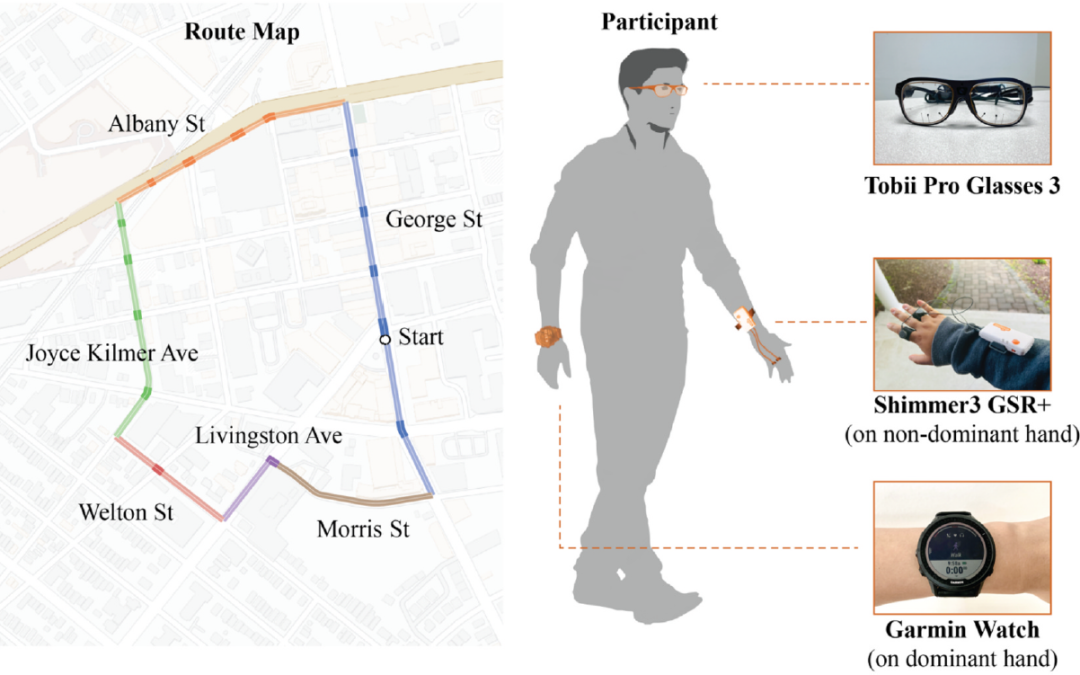

Biometric sensors can track pedestrian stress in real time, but may not always match self-reports. Electrodermal activity captures quick stress spikes, while heart rate and gaze reflect longer-term stress.
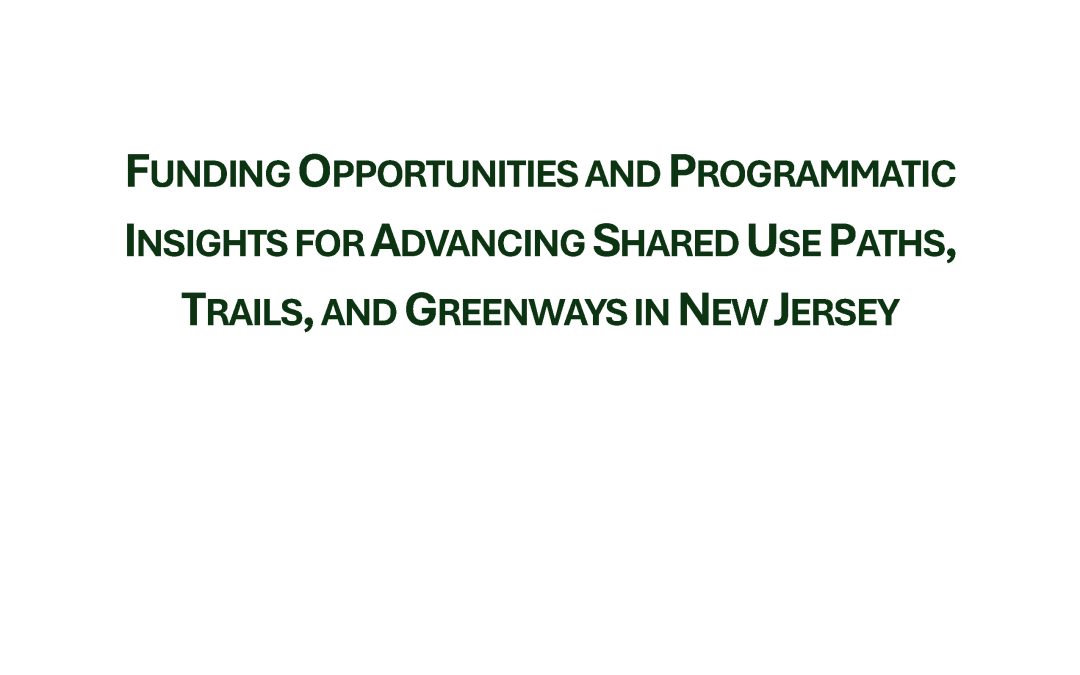
This research examines trail funding and development in New Jersey, highlighting funding opportunities, challenges, and best practices to accelerate shared use path implementation.
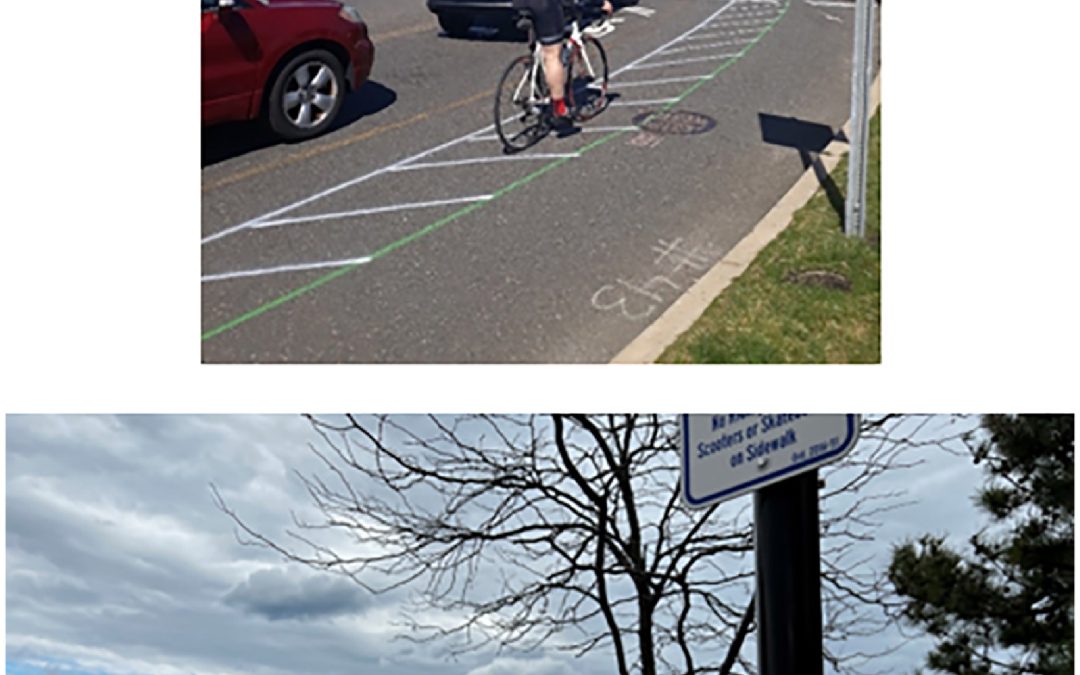
A team of Rutgers researchers led by VTC’s Hannah Younes analyzed the effect of a bicycle lane on traffic speeds using computer vision techniques.

The researchers investigated the relationship between people who worked from home during the pandemic and how often they walked before, during, and after COVID.
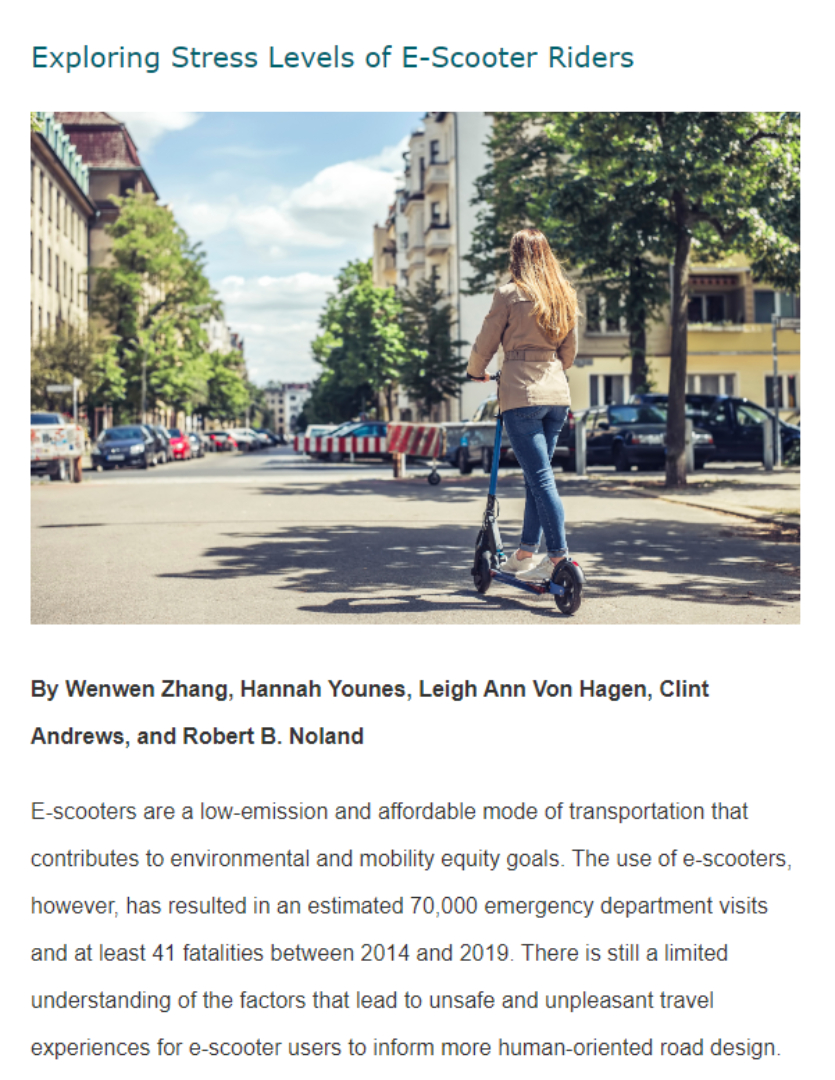
The results of this pilot data collection effort provide insights on the potential use of the latest sensor technology and computer vision algorithms to understand travel behavior for new and emerging transportation modes.
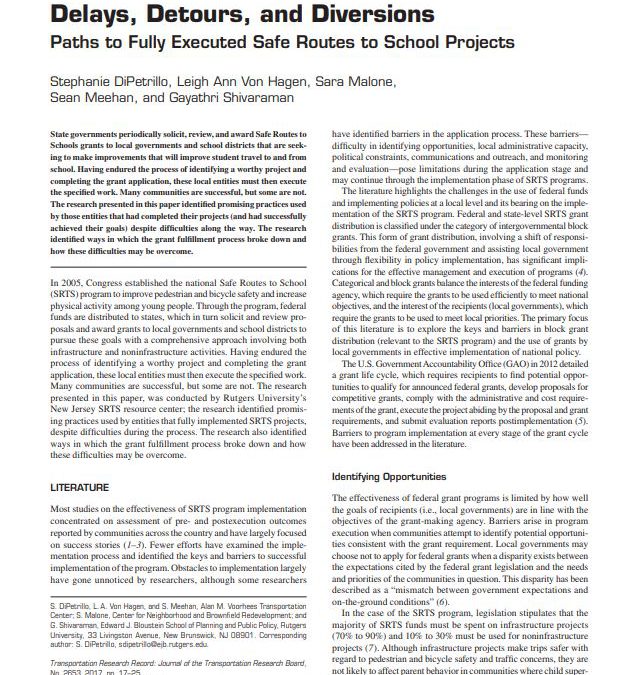
The research presented in this paper identified promising practices used by those entities that had completed their projects (and had successfully achieved their goals) despite difficulties along the way.
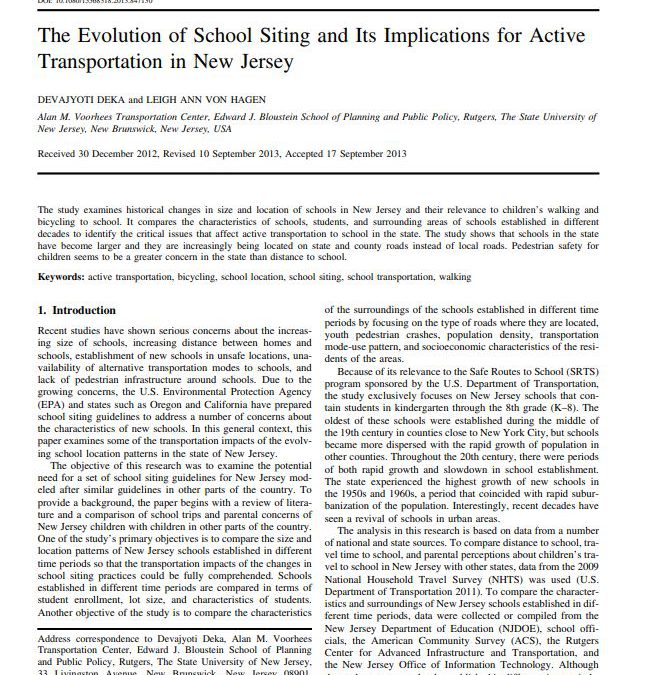
The study examines historical changes in the size and location of schools in New Jersey and their relevance to children walking and bicycling to school.
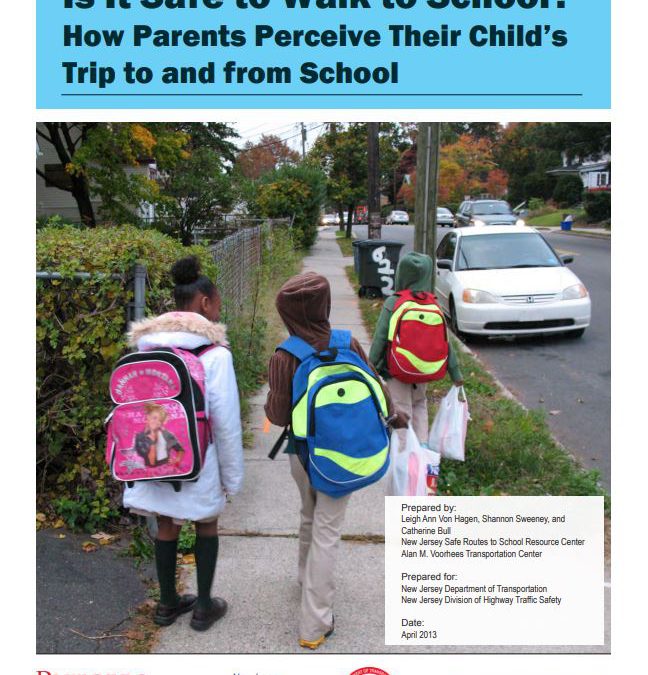
This research study reviews literature on risk perception and data from surveys that were distributed to parents throughout six public school in New Jersey.
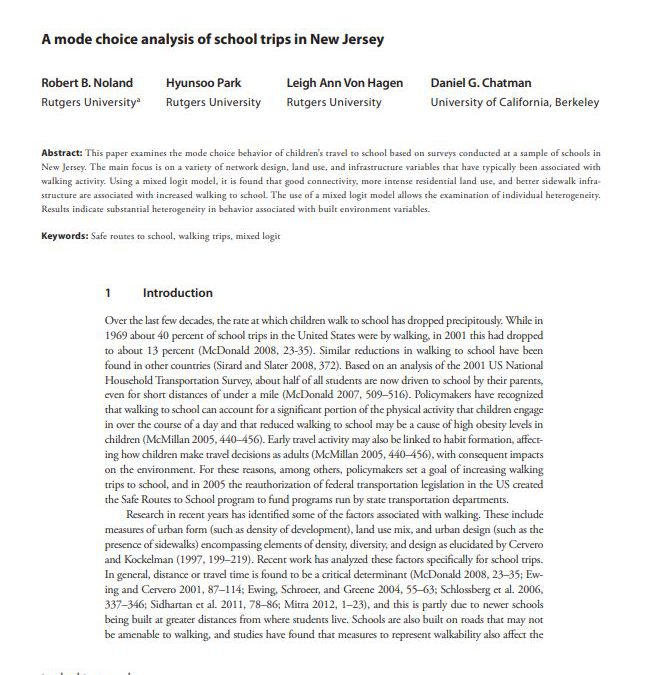
This paper examines the mode choice behavior of children’s travel to school based on surveys conducted at a sample of schools in New Jersey.
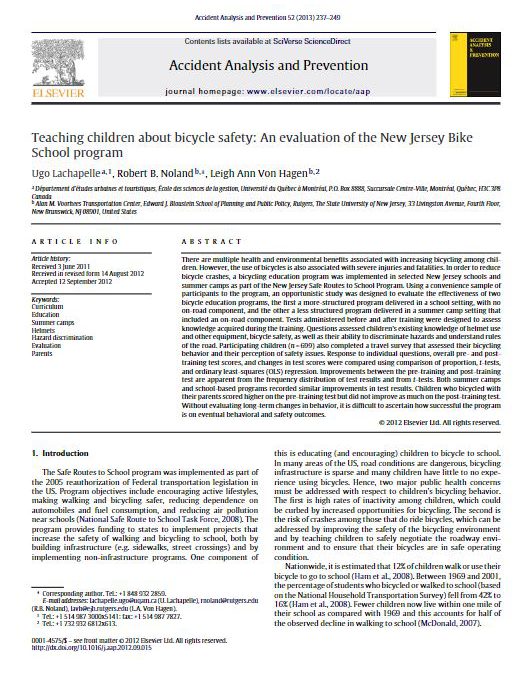
An opportunistic study was designed to evaluate the effectiveness of two bicycle education programs, the first a more-structured program delivered in a school setting, with no on-road component, and the other a less structured program delivered in a summer camp setting that included an on-road component.
Objective While fatal crashes are available through the Fatality Analysis Reporting System (FARS) and are readily available to the public, many states do not make their crash data easily accessible for the public and the research community. The public has an interest...
Through this research, NJ TRANSIT sought to understand how women and members of the lesbian, gay, bisexual, transgender, queer plus community, sometimes referred to as sexual and gender minorities (SGMs) travel on NJ TRANSIT so the agency can provide better...
Recent advances in biometric sensing technologies, such as eye tracking, heart rate trackers, and galvanic skin response (GSR) sensors, offer new opportunities to measure pedestrian stress level and their travel experiences in real-time. Uncertainty remains about...
Background Increasing evidence positively links greenspace and physical activity (PA). However, most studies use measures of greenspace, such as satellite-based vegetation indices around the residence, which fail to capture ground-level views and day-to-day dynamic...